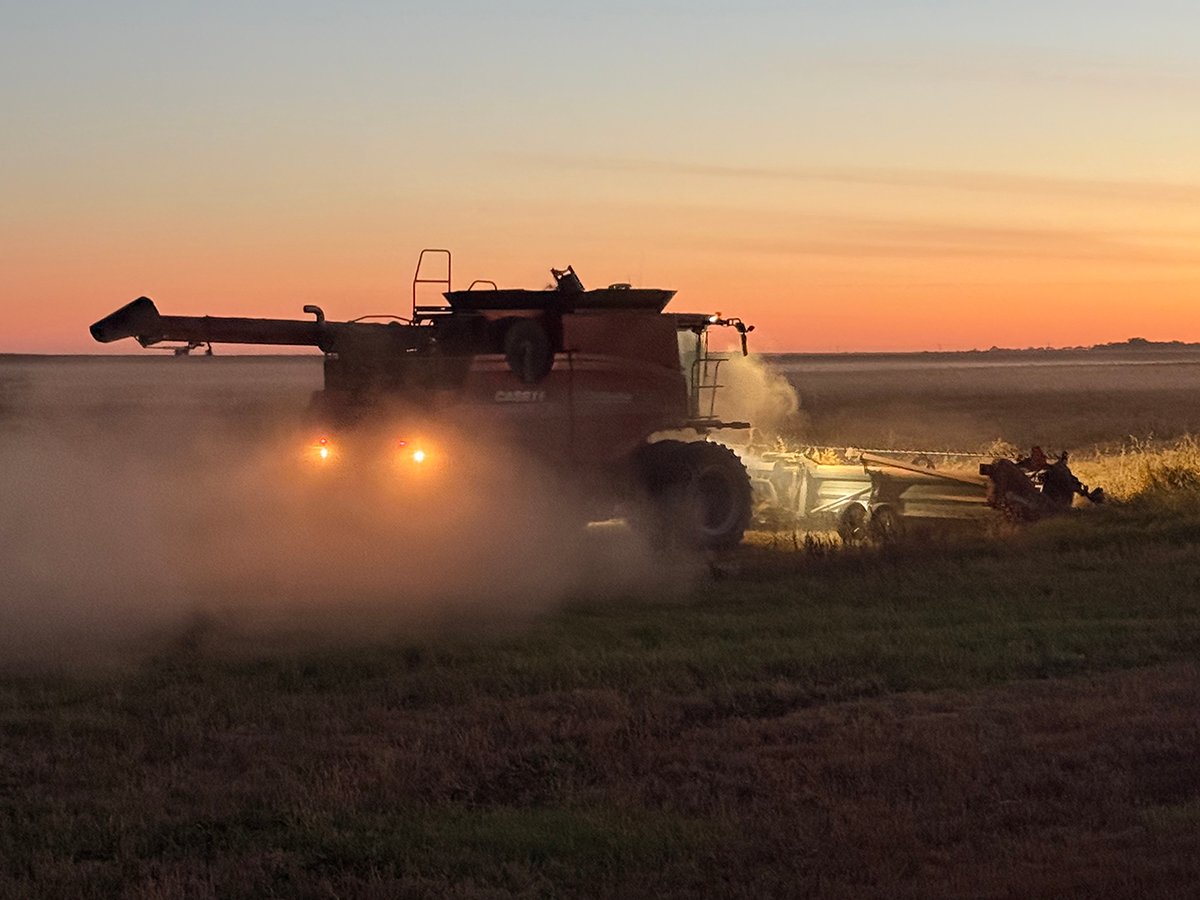Alan Guebert is an Illinois farm journalist.
According to some weather forecasters, the 1997 El Nino “episode” has spawned both drought and typhoons in the Philippines; brought several “rare” hurricanes to western Mexico and too few hurricanes to the eastern U.S.; fueled floods in southern Brazil and dryness in northern Brazil; and delivered room service harvest weather to the U.S.
But all of this abnormal weather might just be normal, they confess.
Indeed, sorting through the conflicting El Nino reports promises to be one of the most popular indoor sports in U.S. agriculture this winter.
Read Also

Downturn in grain farm economics threatens to be long term
We might look back at this fall as the turning point in grain farm economics — the point where making money became really difficult.
With booming American wheat exports and predicted tight carryovers in corn and soybeans, world ag markets are poised to skyrocket if El Nino hampers Southern Hemisphere crops and brings more Asian food buyers to the U.S.
Yet most ag weather forecasters contacted last week strongly caution farmers no tto let the very unpredictable effects of El Nino drive winter marketing and spring planting decisions.
“The science of El Nino simply isn’t good enough to supersede good judgment and common sense,” notes Roger Getz, president of Agricultural Weather Information Services in Auburn, Ala. “The impact we’ve seen in the grain markets this fall seems to be commodity traders just having their fun.”
Farmers can key on several weather phenomena, however, to judge for themselves if the 1997-98 El Nino is running true to form, explains Getz.
“In a typical episode, we’d expect a wetter, colder early winter in the Southeast and Midwest, a drier, warmer January through March in the Great Plains and western cornbelt, and wetter winter on the West Coast,” he says.
That “typical” pattern suggests good winter wheat growing weather, less winter feed usage in the cattle-heavy Plains, and winter commodity markets driven more by demand than by El Nino.
If this is a typical El Nino year, that pattern should begin to form soon, offers Michael Speltz of Freese-Notis Weather, a Des Moines forecasting firm. “During the last big event in 1991, the Midwest witnessed heavy rain and snow beginning at Halloween,” Speltz recalls, “and it lasted right through mid-December.
“In fact, November 1991 was eight degrees colder than normal while December was six degrees warmer and the following January and February were both 10 degrees warmer than average.
“That sets up a drier, warmer spring planting season.”
But not a dry planting season, he adds hastily, because of the added winter moisture. And just as the southeast U.S. is wetter than normal during El Nino winters, the big soybean growing regions of South America are wetter also, says Speltz. Interestingly, the respective areas both lie at 30 degrees latitude – albeit in opposite hemispheres.
Speltz says a colleague of his “found that of all the major Brazilian droughts of the last 30 years, none – not one – occurred during an El Nino and only one drought hit Argentina during an El Nino.” The research “shows that four of the last five El Ninos brought record soybean yields to Brazil and close to trendline yields to Argentina.”
Both outcomes, if they occur, would toss a heavy, wet blanket on late-winter U.S. soybean markets.
Especially the Argentine prediction, because Argentine soybean yields have tracked downward for seven straight years. A return to more normal yields, added to record Brazilian yields, could whipsaw U.S. farmers holding soybeans for a spring planting price rally.
Speltz is cautious, however, and plans to keep an eye out for any “anomalies” that fly in the face of typical El Nino effects.
“If these expected, normal signs don’t occur, then we will re-evaluate our forecasts,” he says. “Besides, no forecast more than 30 days out is very good anyway.”
















